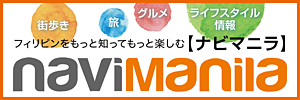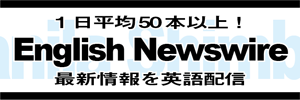DOF expects fuel marking system in place by 2nd semester 2018
The Department of Finance (DOF) expects the fuel marking and monitoring system mandated under the proposed tax reform law to be in place by the second half of 2018 as part of sustained government efforts to curb smuggling in the oil sector.
Finance Secretary Carlos Dominguez III said the government would have to decide what kind of fuel marking service it would have to implement, given the variety of offers it has received from private providers and the kind of training that personnel from the Bureaus?of Internal Revenue (BIR) and of Customs (BOC) would have to undergo to familiarize themselves with the new ?system.
Dominguez likewise said he has agreed that the service and supply of equipment for the fuel marking system would have to undergo the approval of the Investment Coordination Committee (ICC) as suggested by the Department of Budget and Management (DBM).
“I said let's just put it through ICC. We will have a meeting on the 6th [of December] anyway, so whether or not it is needed we will just put it before them. Anyway there is no controversy over that,” he said.
According to DOF Undersecretary Antonette Tionko, the Terms of Reference (TOR) for the system is almost completed and would be available by the end of the month, with the procurement process expected to start by December.
“The procurement process [is expected to be] finished by the first quarter, and we want to implement already by the second half,” Tionko said.
She said the procurement and implementation schedule for the system remains on target.
Dominguez said the government is “basically outsourcing” the service because? it does not have the technical expertise to put in place fuel markers on petroleum products.
Tionko said the government is carefully crafting the TOR to ensure that it is able to acquire the service that would be most effective in curbing oil smuggling, given the various technologies offered by fuel marking system providers.
“That is why the TOR is very important,” she said.
The mandatory implementation of a fuel marking and monitoring system is among the tax administration reforms tucked in? the proposed Tax Reform for Acceleration and Inclusion Act (TRAIN) now pending in the Congress.
House Bill 5636, the TRAIN version approved by the House of Representatives, specifies a fuel marking provision in the measure. A similar provision is also written in the Senate version of the TRAIN bill.
The DOF has estimated revenue losses (value-added tax and excise taxes) from smuggled or misdeclared fuel at P26.87 billion (approximately $565.68 million) in 2016 alone.
However, the Asian Development Bank has pegged it at a higher figure of P37.5 billion in losses annually while a study commissioned by the local oil industry estimated foregone revenues at a much higher P43.8 billion per year. DMS












